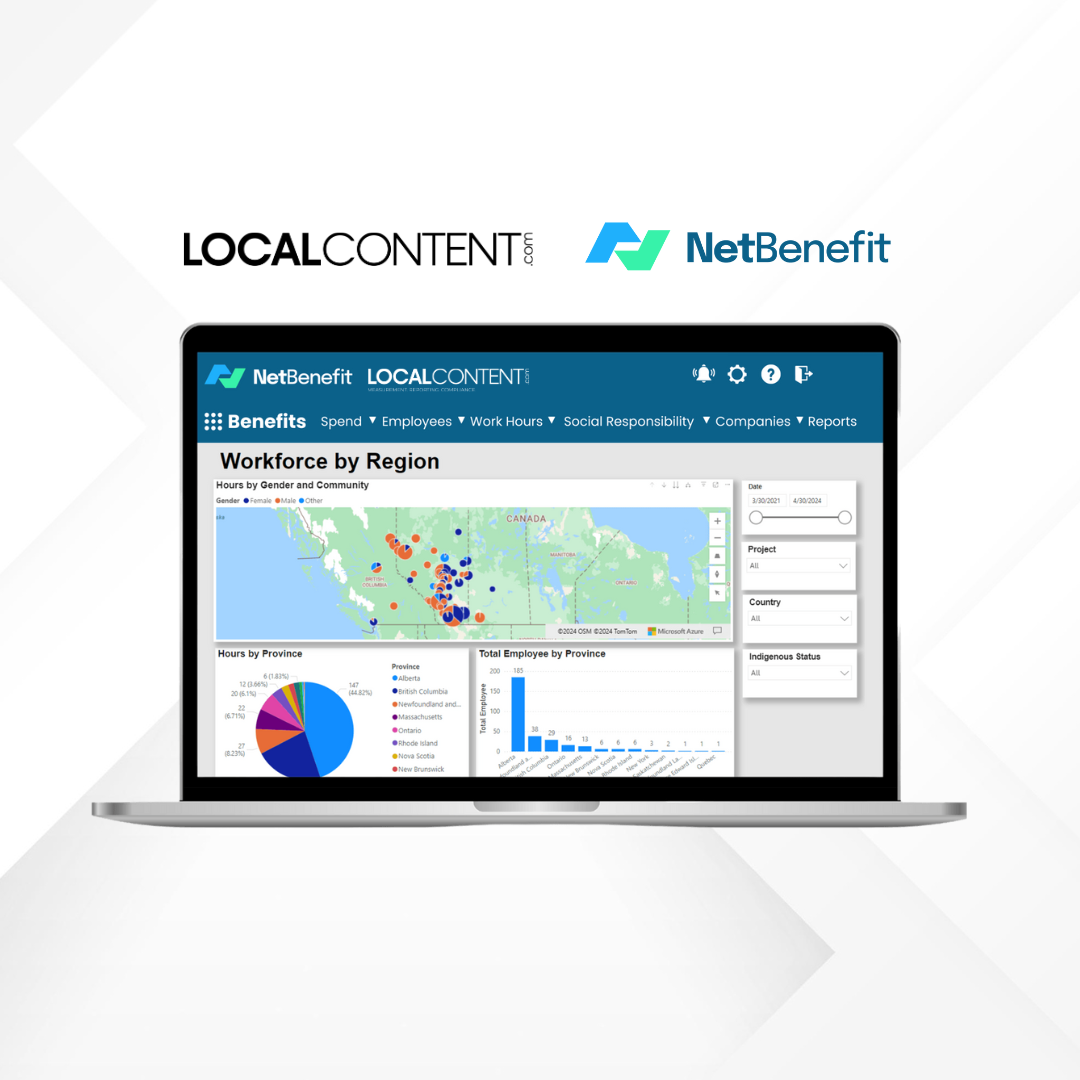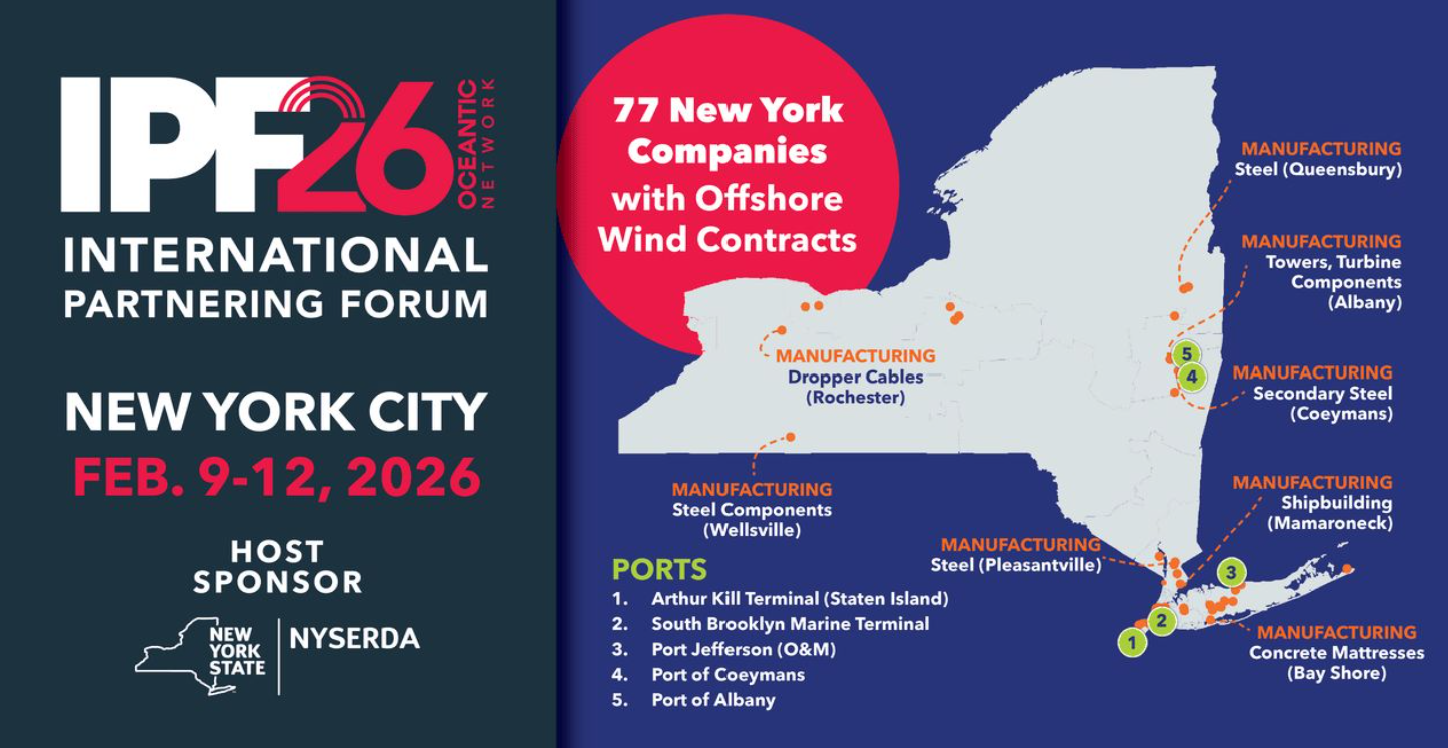EPA’s Clean Ports Program to fund 55 zero-emission port equipment, infrastructure, and planning projects across the nation to tackle climate change, reduce air pollution, promote good jobs, and advance environmental justice
As part of the Biden-Harris Administration’s Investing in America agenda, the U.S. Environmental Protection Agency announced that the Maine Department of Transportation has been selected to receive $1 million through EPA’s Clean Ports Program for climate and air quality planning
- The MaineDOT has been selected to receive a Climate and Air Quality Planning Grant for an anticipated $1 million to explore the feasibility of cruise and cargo vessel shore power deployment and port equipment electrification at ports within the state. The MaineDOT plans to: 1) develop emissions inventories at four ports (Portland, Eastport, Searsport, and Rockland); 2) conduct an emissions reduction strategy analysis to assess the cost and feasibility of deploying shore power and equipment electrification at ports in the state; 3) conduct a scenario analysis to estimate emissions reductions based on the deployment of shore power; 4) recommend methods for measuring reductions, potentially including air monitoring in specific communities; and 5) identify training and other needs to prepare the current and future workforce for changing port conditions. Community and workforce stakeholders will be engaged throughout the planning process.
The grants are funded by President Biden’s Inflation Reduction Act—the largest investment in combating climate change and promoting clean energy in history—and will advance environmental justice by reducing diesel air pollution from U.S. ports and near surrounding communities while promoting good-paying and union jobs that help America’s ports thrive.
“Our nation’s ports are critical to creating opportunity here in America, offering good-paying jobs, moving goods, and powering our economy,” said EPA Administrator Michael S. Regan. “Today’s historic $3 billion investment builds on President Biden’s vision of growing our economy while ensuring America leads in globally competitive solutions of the future. Delivering cleaner technologies and resources to U.S. ports will slash harmful air and climate pollution while protecting people who work in and live nearby ports communities.”
“Ports are vital to our economy, and are often in communities that are most overburdened by pollution. Thanks to the Biden-Harris Administration, we are helping to ensure that our New England ports remain strong drivers of economic growth and workforce development, while cutting diesel pollution, tackling climate change, and improving community health,” said EPA Regional Administrator David W. Cash. “Whether it’s deploying zero-emission equipment in Connecticut or planning the best path forward to a zero-emissions future in Maine or Massachusetts, these investments will improve the air we breathe, protect the health of our families, and support good-paying jobs for America’s workers.”
“Maine’s ports play an important role in our state’s and nation’s economic and cultural successes,” said U.S. Senator Angus King. “However, the equipment used to keep our ports open and operating are outdated and oftentimes discharging diesel air pollution, setting back our environmental goals. We owe it to our freight workers, port towns and cities, and future generations of Maine people, to curb this pollution through smart, responsible solutions. This grant from the Environmental Protection Agency’s Clean Ports Program is a step in the right direction and will have tangible impacts up and down our coastline. I’m glad to see the Inflation Reduction Act continue to make significant investments in our port communities and clean energy infrastructure, and look forward to seeing how this legislation continues to support Maine and America.”
“Maine’s ports are critical to creating opportunities here at home, powering our state’s economy, and supporting good-paying jobs,” said U.S. Representative Chellie Pingree, Ranking Member of the House Appropriations Interior and Environment Subcommittee. “This $1 million investment, funded by the landmark Inflation Reduction Act, builds on the Biden-Harris Administration’s vision of growing our economy and supports Maine’s role as a leader in creating globally competitive, sustainable solutions. By delivering cleaner technologies to major ports like Portland, Eastport, Searsport, and Rockland, we’ll significantly reduce harmful air and climate pollution while protecting the health and livelihoods of the communities who rely on these ports every day.”
Ports are vital to the U.S. economy and are responsible for moving goods and people throughout the country. At the same time, the port and freight equipment responsible for moving goods—including trucks, locomotives, marine vessels, and cargo-handling equipment—contribute to significant levels of diesel air pollution at and near port facilities. This pollution is especially harmful to nearby communities’ health and contributes to climate change. The funds announced today will improve air quality at ports across the country by installing clean, zero-emission freight and ferry technologies along with associated charging infrastructure, eliminating more than 3 million metric tons of carbon pollution, equivalent to 391,220 homes’ energy use for one year.
In February 2024, EPA announced two separate funding opportunities for U.S. ports—a Zero-Emission Technology Deployment Competition to directly fund zero-emission equipment and infrastructure to reduce mobile source emissions, and a Climate and Air Quality Planning Competition to fund climate and air quality planning activities. The competitions closed in May 2024 with over $8 billion in requests from applicants across the country seeking to advance next-generation, clean technologies at U.S. ports.
After a thorough and rigorous grant application review process, EPA selected 55 applications in total to receive this historic investment. Applications to the Clean Ports Program were evaluated in part on their workforce development efforts, to ensure that projects will expand access to high-quality jobs. Grant selections also align with the Administration’s national goal for a zero-emission freight sector, the National Blueprint for Transportation Decarbonization, and the ‘all-of government’ National Zero-Emission Freight Corridor Strategy.
Selected projects cover a wide range of human-operated and human-maintained equipment used at and around ports, with funds supporting the purchase of battery-electric and hydrogen-powered equipment, including over 1,500 units of cargo handling equipment, 1,000 drayage trucks, 10 locomotives, and 20 vessels, as well as shore power systems to reduce vessel emissions at berth, battery-electric and hydrogen vehicle charging and fueling infrastructure, and solar power generation.
Initial estimates of tailpipe reductions from this new equipment are estimated to be over 3 million metric tons of CO2, 12 thousand short tons of NOx, and 200 short tons of PM2.5 in the first 10 years of operation. These estimates are based on initial counts of proposed zero-emission equipment and shore power installations and do not consider benefits from retiring older vehicles, among other factors. These simplified estimates were prepared using national default emissions and activity factors and will be refined over time with more detailed information from selectees.
In addition to protecting human health and the environment, the program will protect and grow good-paying and union port jobs, create new good-paying and union jobs in the domestic clean energy sector, and enhance U.S. economic competitiveness through innovation, installation, maintenance, and operation of zero-emissions equipment and infrastructure. The program’s historic investment in zero-emission port technology will also help promote and ensure the U.S. position as a global leader in clean technologies.
EPA’s Clean Ports Program advances President Biden’s Justice40 Initiative, which aims to deliver 40% of the overall benefits of certain federal investments to disadvantaged communities that are marginalized by underinvestment and overburdened by pollution. Disadvantaged communities will benefit from cleaner air and access to high quality jobs that will be created to operate zero emissions technologies at ports.
EPA ensured that near-port community engagement and equity considerations were at the forefront of the Clean Ports Program’s design, including by evaluating applications on the extent and quality of their projects’ community engagement efforts. The program will also help to ensure that meaningful community engagement and emissions reduction planning become a part of port industry standard practices by building on the successes of EPA’s Ports Initiative and the Diesel Emissions Reduction Act programs. These programs have previously invested over $196 million to implement 207 diesel emissions reduction projects at ports with an additional $88 million to multi-sector projects that involve ports and have encouraged strong community-port collaboration.
The agency anticipates making awards once all legal, statutory, and administrative requirements are satisfied. Selectees will work with EPA over the coming months to finalize project plans before receiving final awards and moving into the implementation phase. Project implementation will occur over the next three to four years depending on the scope of each project.
To learn more about the Clean Ports Program tentatively selected applications, please visit the Clean Ports Program Selections webpage.
Contact Information
Vikram Lakshmanan (Lakshmanan.Vikram@epa.gov)
(617) 918-1064
EPA Region 1 Press Office (R1_Press@epa.gov)










